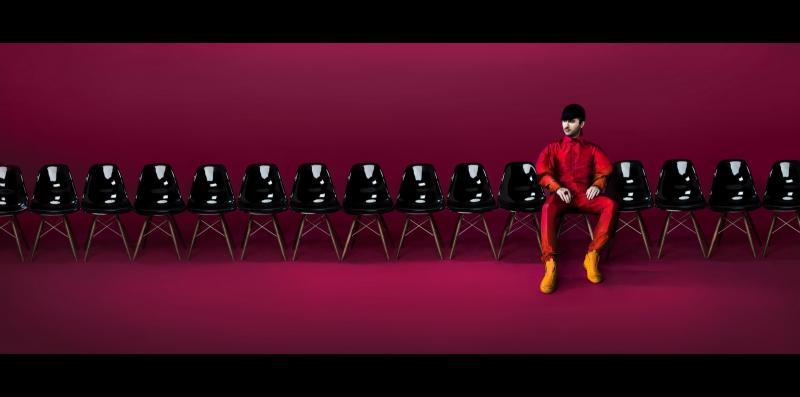Feature: BRAD WALSH and Antiglot - Music is Music

As our current national climate yearns for increasingly definable parameters and ever-distinguishable boundaries - music is experiencing an interesting fuzzy period. Political parties are fractioning, splintering into irreconcilable shards more than ever before, while the genre of classical music, an art form that has so consistently bound itself to structure and definable order, is beginning to see compositional structures that are harder and harder to silo. Classical music is steeped in the tradition of borrowing melodies or stylistic practices from the popular cannon, but rarely, if ever, have these genres shared a sonic landscape - until now.
Recently, Caroline Shaw won the Pulitzer Prize for Music - the youngest composer since the award's genesis - with Partita for 8 Voices. The work exhibits an astonishing, unique point of view, drawing inspiration from Sol LeWitt's Wall Drawing texts as well as classically Baroque forms. It's an astounding a cappella work from such an inspiring young composer.

Fast-forward to January 2017 - the Women's March. Brad Walsh, composer and club-mix kween, had just returned home - energized and fueled by the city's palpable demand for reckoning. He needed to channel the electricity of change the city, and most of the country, was producing, so he sat down and started writing. His process began with fragmented ideas recorded into his iPhone - melody first.
"The energy I was feeling, I couldn't put into words. [And I thought], maybe I don't need words - it's already there. [Music] transcends language because you just need to understand the feeling. Some of the most beautiful and expressive music [is] without words - like classical music."
His efforts that day were the genesis for what would eventually become March, the first track on his revolutionary album Antiglot - a body of work that is composed "entirely of lyricless vocal layers and body sounds." It's an interesting collection that is weird and awesome and continually evolving in the ear, revealing complex elements that often evade on first listen. Gemini, alone, is comprised of 150 layered tracks with each orchestral vocal consisting of approximately 20 layers, creating a symphonic ocean of sound.

"It's like a watercolor painting. [The individual tracks] bleed into this big, beautiful sound that doesn't have to be perfect. I left all the breaths in - I left it really raw. I just placed it and let it be."
These ideas can easily be applied, in broad concept, to Shaw's Partita for 8 Voices. While the pieces are clearly different, a comparison is drawn to lift-up the undeniable sonic similarities in both approach and effect. In addition, it's also interesting to note the lack of text integration in Walsh's composition vs. the fragmented text found in Shaw's. A treatment, initially, one would assume to find in the inverse. To throw another wrench into this delightful fruit salad, Shaw has collaborated with Kanye West. A Pulitzer Prize winner - for classical composition - has collaborated with the pop-artist Kanye West. Ladies and gentlemen, we have officially entered into a new chapter of classical music. Personally, I am here for it.

It's fascinating that these artists can take such disparate points of inspiration, 90s female singer-songwriters (Walsh) and Baroque structures paired with conceptual art (Shaw), to create sonically similar landscapes that, for the sake of marketing and consumption, are separated into two distinguishably different categories - taken to the extreme with one being recognized by the classical world as an exceptional composition of recent years (which, it is...). To the ear, it is clear this new approach to both classical and pop music are breaking down barriers, proving that 'music is just music.' Hopefully the fallibility of our humanity will allow us to see the similarities and continue to embrace the silo-less landscape that's beginning to permeate the compositional language of today.
Photo Credit: An Le
Videos

